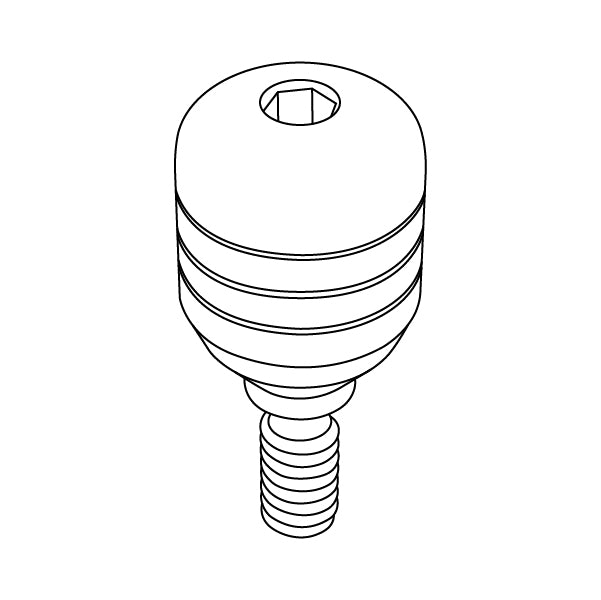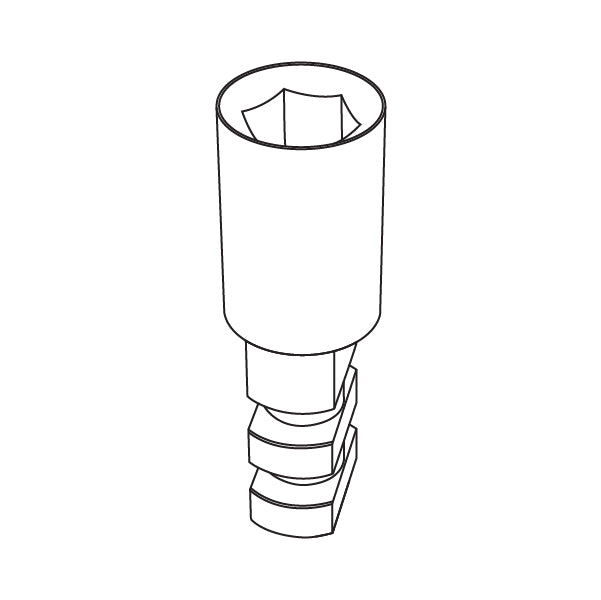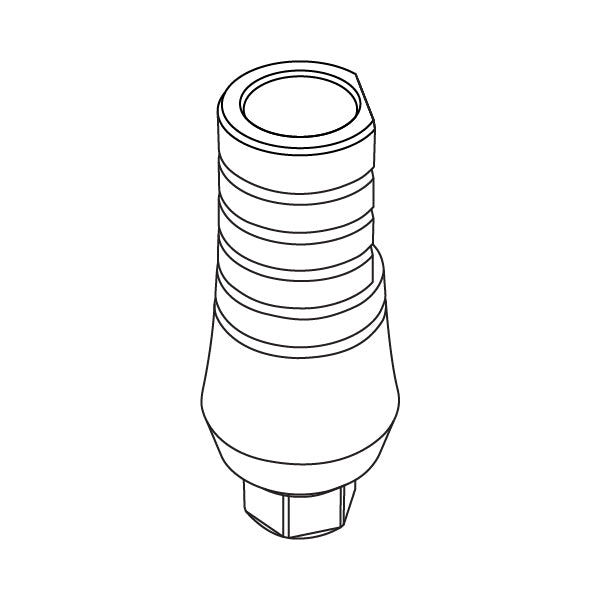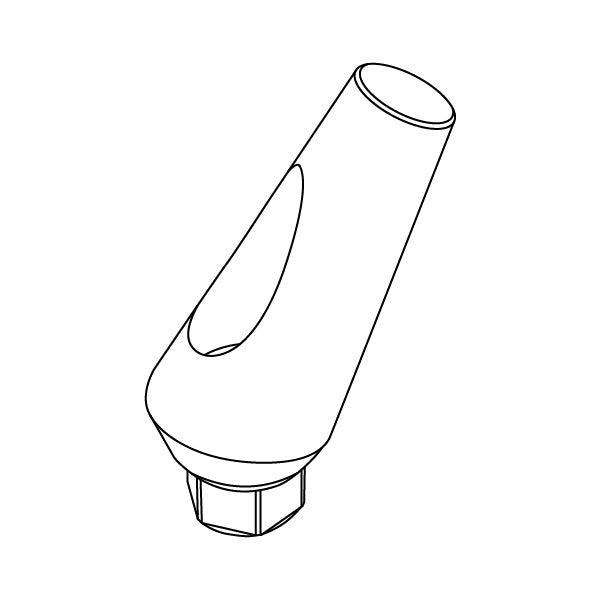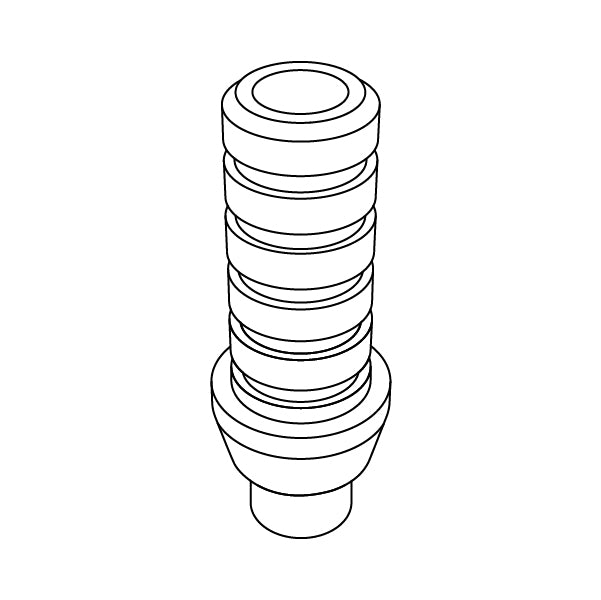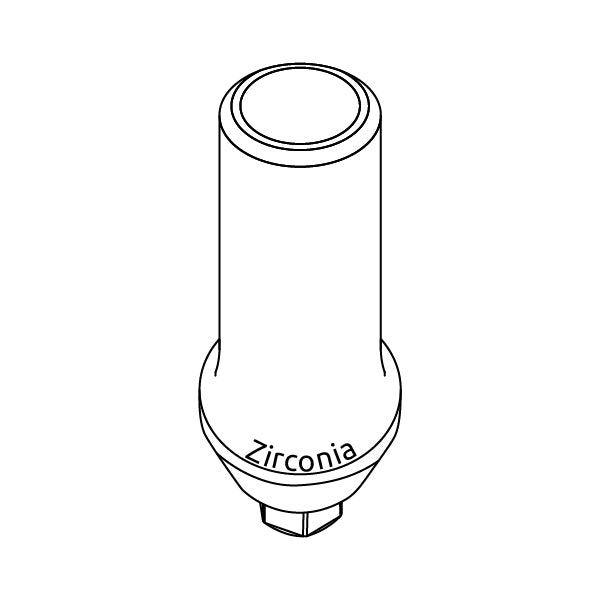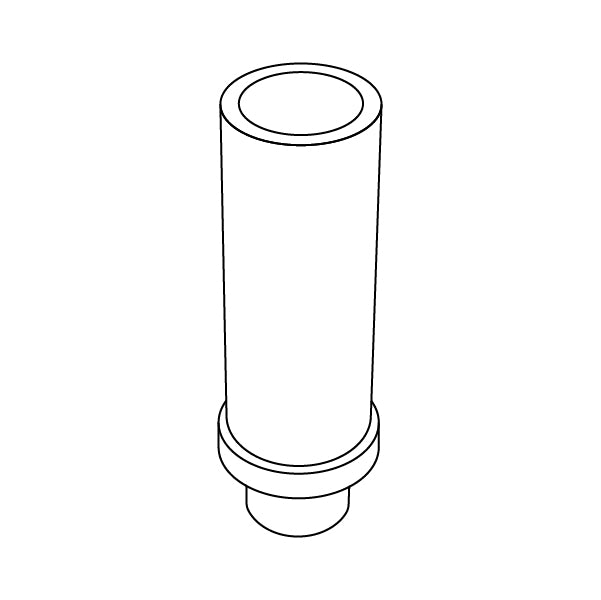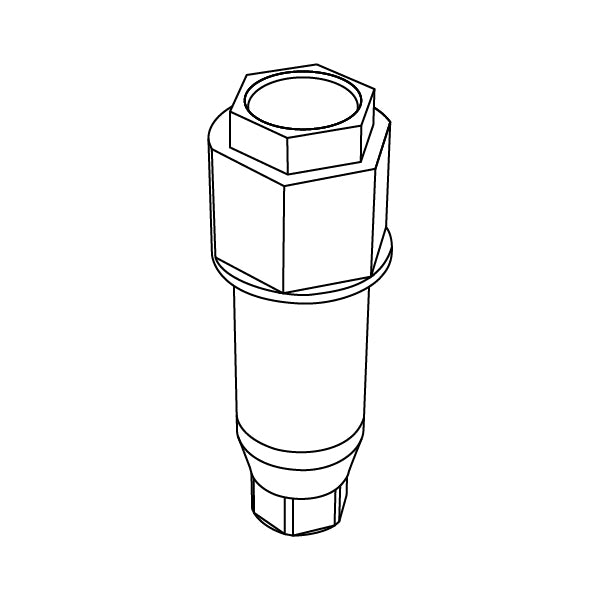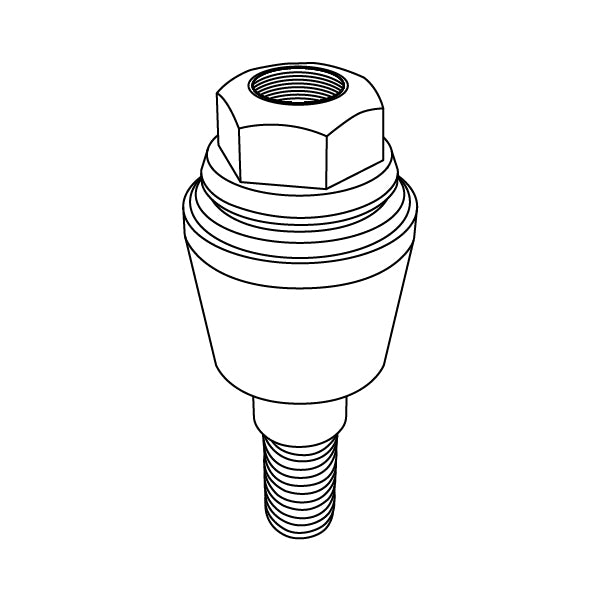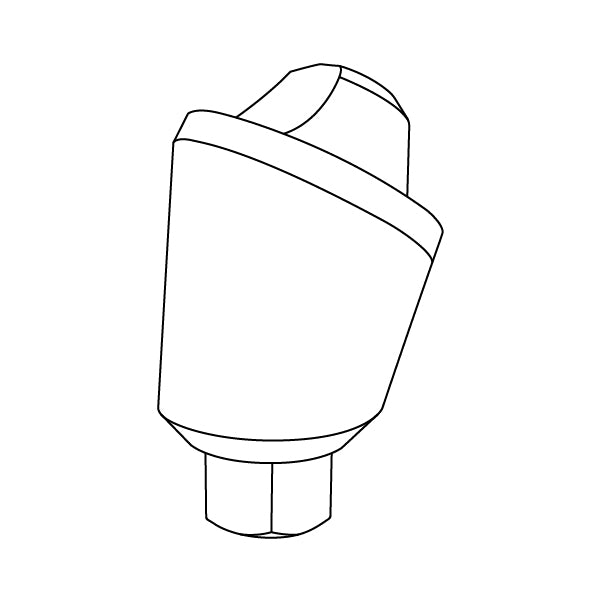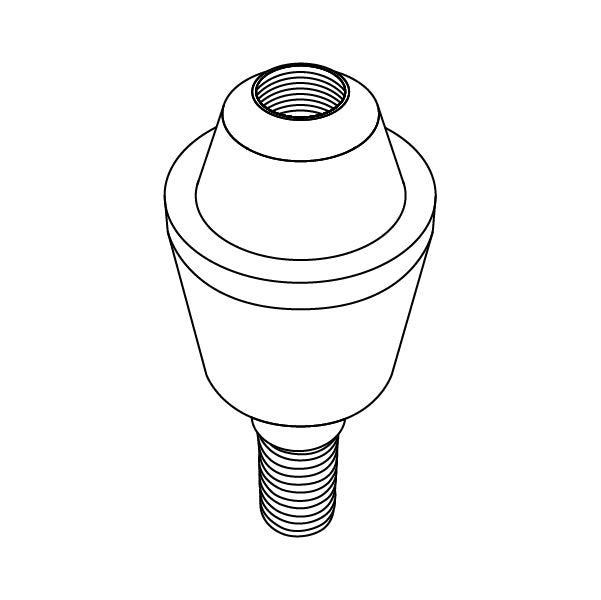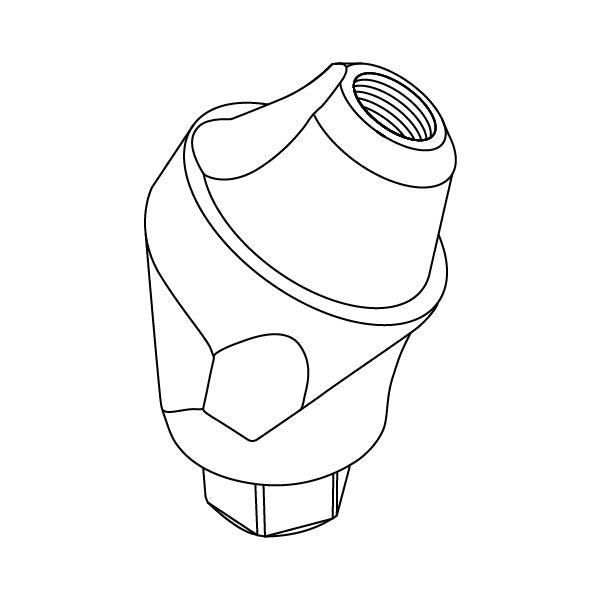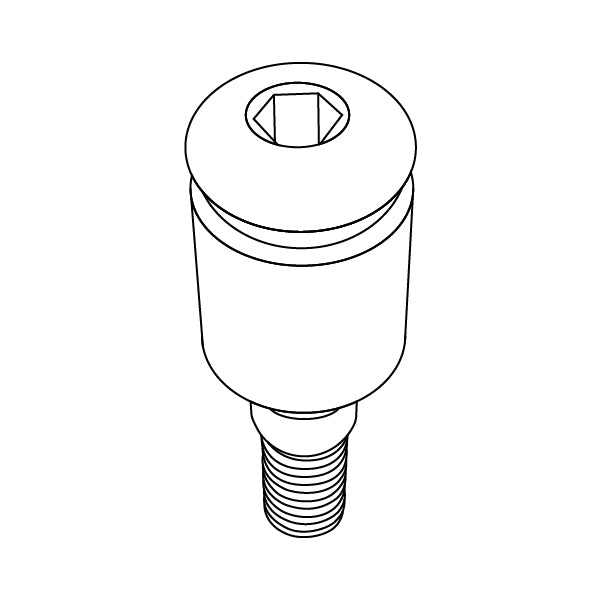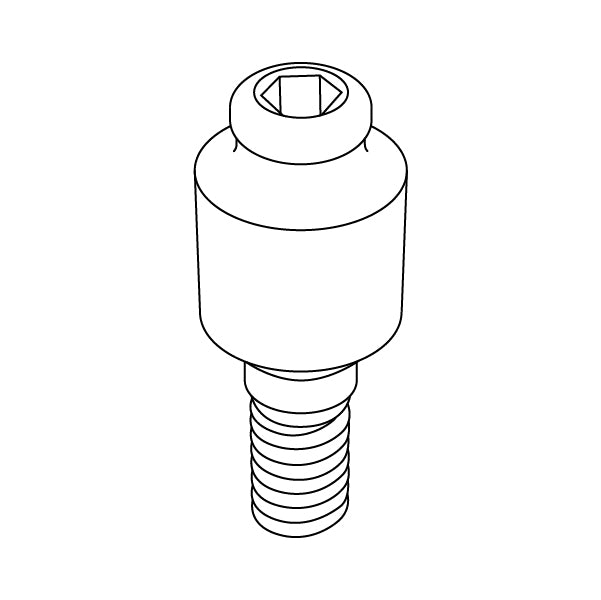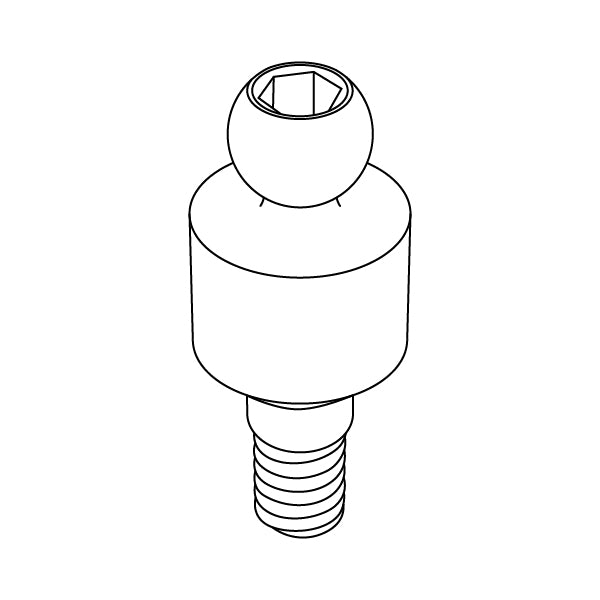The concave design provides a better adaptation to the contour of the gingival tissue, which can help to reduce the amount of stress on the implant-abutment interface and decrease the amount of bone loss around the implant.
This design also allows for a more natural emergence profile of the implant, which can enhance the final aesthetics of the restoration.
They are made of titanium grade 5 (Ti-6Al-4V ELI) which is known for its strength, corrosion resistance, and biocompatibility.
Open Description
FAQs
Concave prosthetics are anatomically shaped screw-style abutments. This curved design allows the patient’s body to create a thick layer of mucosal tissue around the trans-gingival connection. Ultimately, this results in a more aesthetically pleasing appearance because no metal is visible.
The special shape of the concave abutment offers the best emergence profile. Likewise, it’s much easier to replace temporary prosthetics without harming the new tissues. They also reduce trauma in the mouth and promote a faster healing process.
Dentists often use concave abutments in various situations because of the better aesthetic results. There are multiple options, including healing caps, devices for taking impressions, and the angulated and straight versions for the patient’s final restoration.
Most concave abutments feature the regular internal hex connection, which is preferred by most dentists. For one, they’re relatively inexpensive. However, they are also compatible with various systems and are the most relevant in the industry.
Primarily, concave abutments offer high-quality solutions to tooth loss, look great in various types of restorations, and reduce trauma to the patient’s mouth. Dentists often get outstanding results when handling screw-retained bridges and crowns.
Concave abutments offer many advantages, such as:
- Use of top-quality materials (Titanium Grade 5)
- Highly precise and predictable results
- Full biocompatibility with no abruption risk
- Great surgical efficiency
- Ideal for immediate loading onto the implant
- Can reduce trauma and speed up the healing process
- Creates a solid connection
- Reduced metal visibility above tissue level
- Outstanding stability for all types of restorations
- Guaranteed durability and strength
- Ensures a secure fit between the implant and abutment
Your patient will likely worry about failure rates and other issues relating to implant surgery. It’s important that you explain everything to them, mentioning how concave abutments might be the best solution for their needs.
Before focusing on how long it will take for the patient to heal from placing concave abutments, you must fully understand the process.
Implantation is a surgical procedure. Sometimes, the patient requires tooth extractions beforehand. When this happens, it can take two to three weeks to fully heal.
Next, the implants are inserted into the jawbone. Though this can be done in one day, it generally takes three to six months for the mouth to fully heal.
Once the gums are fully healed from implantation, the concave abutments are inserted. The patient will likely have to wait one to two weeks before having the crown or bridge installed.

